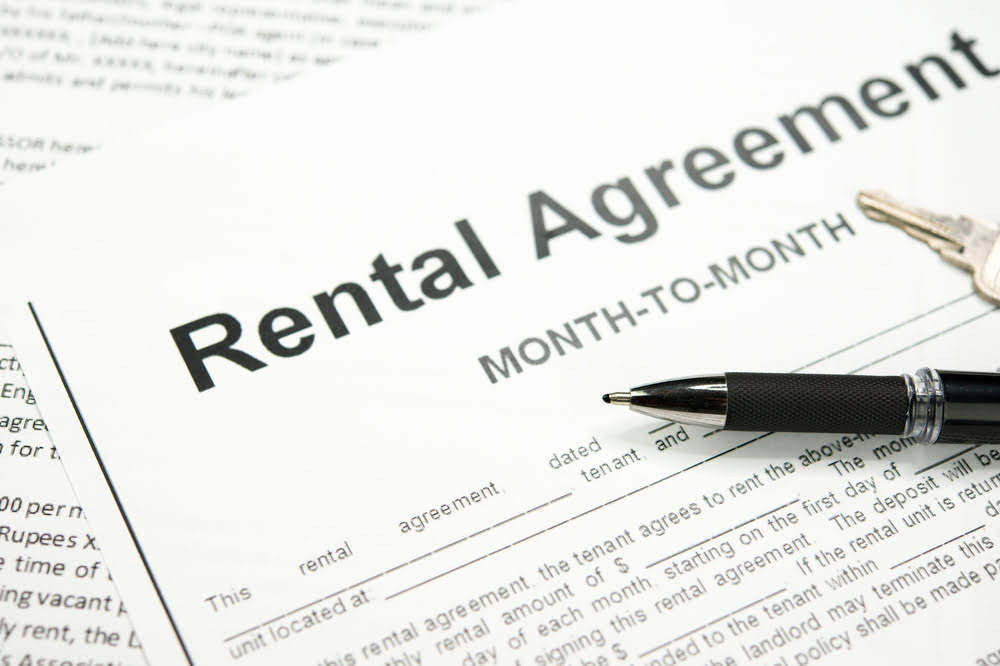
And that complexity is intensified when you’re managing a large number of real estate assets. Accruent offers lease accounting software that makes it easy to ensure your organization is compliant with ASC 842. Request a demo of our lease accounting software, Lucernex, or watch the video below to see how Lucernex helped Banfield Pet Hospital streamline its lease administration and accounting.
What is Capital Lease Accounting?

These types of leases are typically used for shorter-term rentals and are recorded as an operating expense on the income statement. Under ASC 842, there is still a distinction between operating and finance lease classification, accounting, and financial statement presentation, despite both being recognized on the balance sheet. The classification of an operating lease versus a finance lease is determined by evaluating whether any of the five finance lease criteria are present. If a lease agreement contains at least one of the five criteria, it should be classified as a finance lease. A piece of equipment with a market price (FMV) of US$100,000 and a useful life of 5 years is leased to a lessee for four years. The borrowing rate for the firm is 8%, and the rate implicit in the lease is 7%.
- To illustrate the practical differences between capital lease vs operating lease, consider these examples.
- This differs from an operating lease, where the full lease payment is deductible.
- Meanwhile, operating leases either do not include a bargain purchase option or set the price near the asset’s reasonable value at the time of the lease’s conclusion.
- In terms of financial reporting, capital leases are recognized as both assets and liabilities on the balance sheet.
- If you seek to buy the asset outright and instead get financing to purchase the asset, that can also be a beneficial option if your business has the capital and ability to handle the debt load.
- The second step for the approximation method is identical to the second step in the full adjustment method as well.
- In this blog we’ll uncover the differences between finance leases and operating leases and what they could mean for your bottom line.
Capital/finance lease vs. operating lease criteria
On the other hand, operating leases might be preferable if you want to keep the asset off your balance sheet and avoid the responsibilities of ownership. If you seek to buy the asset outright and instead get financing to purchase the asset, that can also be a beneficial option if your business has the capital and ability to handle the debt load. If you need guidance, Gallo LLP can help you determine whether capital lease accounting or operating lease accounting aligns better with your goals. Capital lease accounting is the accounting method used to record assets acquired under a lease agreement. In a capital lease, the lessee (or the company renting the asset) is treated as if they purchased the asset using borrowed funds.
Step 1: Collect input data
It is worth noting, however, that under IFRS, all leases are regarded as finance-type leases. This step-by-step guide covers the basics of lease accounting according to IFRS and US GAAP. A capital lease is treated as debt and entered on the balance sheet by recording the asset value and the liability of the lease.

As with any changes to accounting standards, there has been confusion about what these changes mean and in which situations they are applicable. Leasecake is one centralized, single source of truth for all of your lease and location information for your entire real estate portfolio. Rather than digging through a filing cabinet or Dropbox to understand the details of each lease, our platform offers adjusting entries instant access to any date, dollar, or important information that may be in that document. And it can be used for contracts, franchise agreements, permits, and any other important documents that are related to your locations. And it starts at just $6 a month per location.Let us show you how we can make lease management a piece of cake.

- This affect your debt ratios, a number that tells you how much your business is relying on borrowed money.
- It marks a strategic departure from other leasing arrangements where ownership remains vested with the lessor.
- According to a 2022 study by the Equipment Leasing and Finance Association (ELFA), small businesses increasingly rely on leases to control cash flow and avoid major upfront expenses.
- Renting might be beneficial if you aren’t sure about the asset itself or if you’ll want it in the future, and sometimes it’s the only option at the time based on your finances.
- Choose CFI for unparalleled industry expertise and hands-on learning that prepares you for real-world success.
- In contrast to capital leases, operating leases, which are treated more like rental agreements, do not result in the recognition of an asset and a liability on the lessee’s balance sheet.
Being treated as operating Car Dealership Accounting expenses, lease payments may be tax-deductible for the lessee offering tax savings. Operating lease accounting changed in 2016 when the Federal Accounting Standards Board released ASC Topic 842, Leases. The lease and the corresponding asset value would be required to be reported on the balance sheet.
- This change helps investors, analysts, and other stakeholders gain a more accurate view of a company’s financial health and leverage.
- Operating lease payments, however, are treated as rental expenses and not recorded as assets or liabilities on a balance sheet.
- And—as is the case with capital leases—you might end up paying more for the lease than you would if you purchased the asset outright.
- If the item has maintenance problems, it is the lessor’s responsibility to make the repairs.
- Suppose a company has agreed to borrow an asset for a four-year lease term with an annual rental expense of $100,000 and an implicit interest rate of 3.0%.
- If a lease agreement contains at least one of the five criteria, it should be classified as a finance lease.
When to select capital vs. operating leases
Assets rented under operating leases typically include real estate, aircraft, and equipment with long, useful life spans such as vehicles, office equipment, or industry-specific machinery. Historically, the vast majority of leases have been operating – and remained buried in the footnotes rather than appearing on the company balance sheet. In an operating lease, the lessee gains access to an asset for a predetermined period, usually shorter than the asset’s anticipated useful life. This type of lease allows businesses to utilize assets for specific projects or needs without committing to long-term ownership. The concept of a longer lease term supports businesses aiming to secure the advantages of a capital lease over an extended duration.

Characteristics of Finance Leases for Commercial Real Estate
Accounting for operating leases is typically easier, because most operating leases last 12 months or less and payments are simply recorded as capital vs operating lease expenses on your P&L. When you make your lease payment, you will debit a lease or rent expense account and credit your checking account. A lease qualifies as a capital lease if its term covers a substantial portion of the asset’s economic life, which is often regarded as 75% or more.
How are capital leases recorded on the balance sheet?
The principal payment is the difference between the actual lease payment and the interest expense. The year’s closing balance is calculated as lease liability + interest – lease payment. Adjusting financials with the approximation method is slightly different from the full adjustment method. Take the reported operating income (EBIT) for the year and add the calculated imputed interest on an operating lease to obtain the adjusted operating income.


